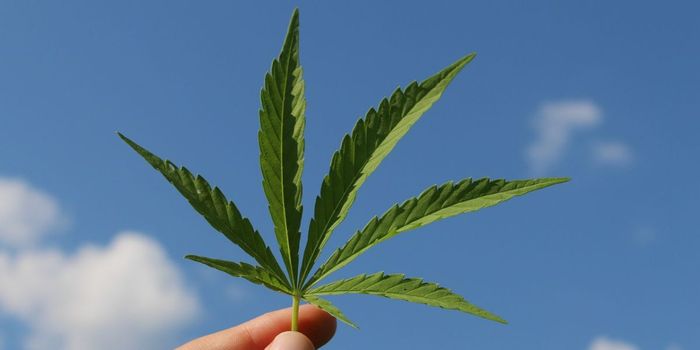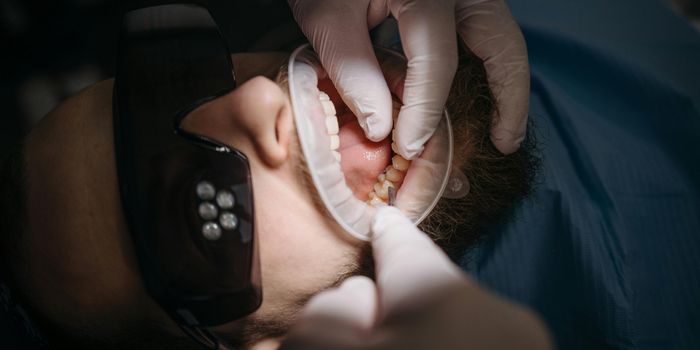'Dudding Disease' Hop Latent Viroid (HpLVd) Threatens Global Cannabis Crops
Currently, hop latent viroid (HpLVd) poses a significant threat to cannabis and hop growers internationally. It is commonly referred to as the "dudding disease" since it results in dud or poorly developed cannabis plants. Cultivators first reported HpLVd in 2019 in California, and since then, the plant disease has negatively impacted cannabis-growing facilities across the United States, Canada, and internationally. Since cannabis prohibition has limited research on cultivation issues, growers and scientists are just beginning to understand the impact of HpLVd and how to prevent it. A recent review summarized research findings available on HpLVd to understand its effect on yield loss, cannabinoid content, terpene profile, disease management, and to inform crop protection strategies.
HpLVd is a single-stranded, circular infectious RNA, and direct contact between a healthy plant and an infected one results in contamination. Sometimes HpLVd is only detected later in the life cycle however, the viroid is most noticeable in the flowering stage when stunted growth becomes visible.
Some key concerns include HpLVd’s impact on cannabis flower. HpLVd can reduce cannabinoid content by 30% to 50%, and it reduces terpene and THC potency. A chemotype with 25% THC may test as low as 15% to 18% THC if impacted by HpLVd.
HpLVd also can be transmitted by contaminated tools such as gloves, scissors, or clippers. Many HpLVd-infected plants are asymptomatic, so cultivators need to ensure that workers only use sterilized equipment and gloves. Preventive sanitation practices will reduce transmission of the viroid. Pest control and other cultivation methods, such as maintaining viroid-free mother plants and testing clones and seeds, can reduce viroid transmission.
Sources: Cannabis Business Times, National Cannabis Industry Association, Viruses








